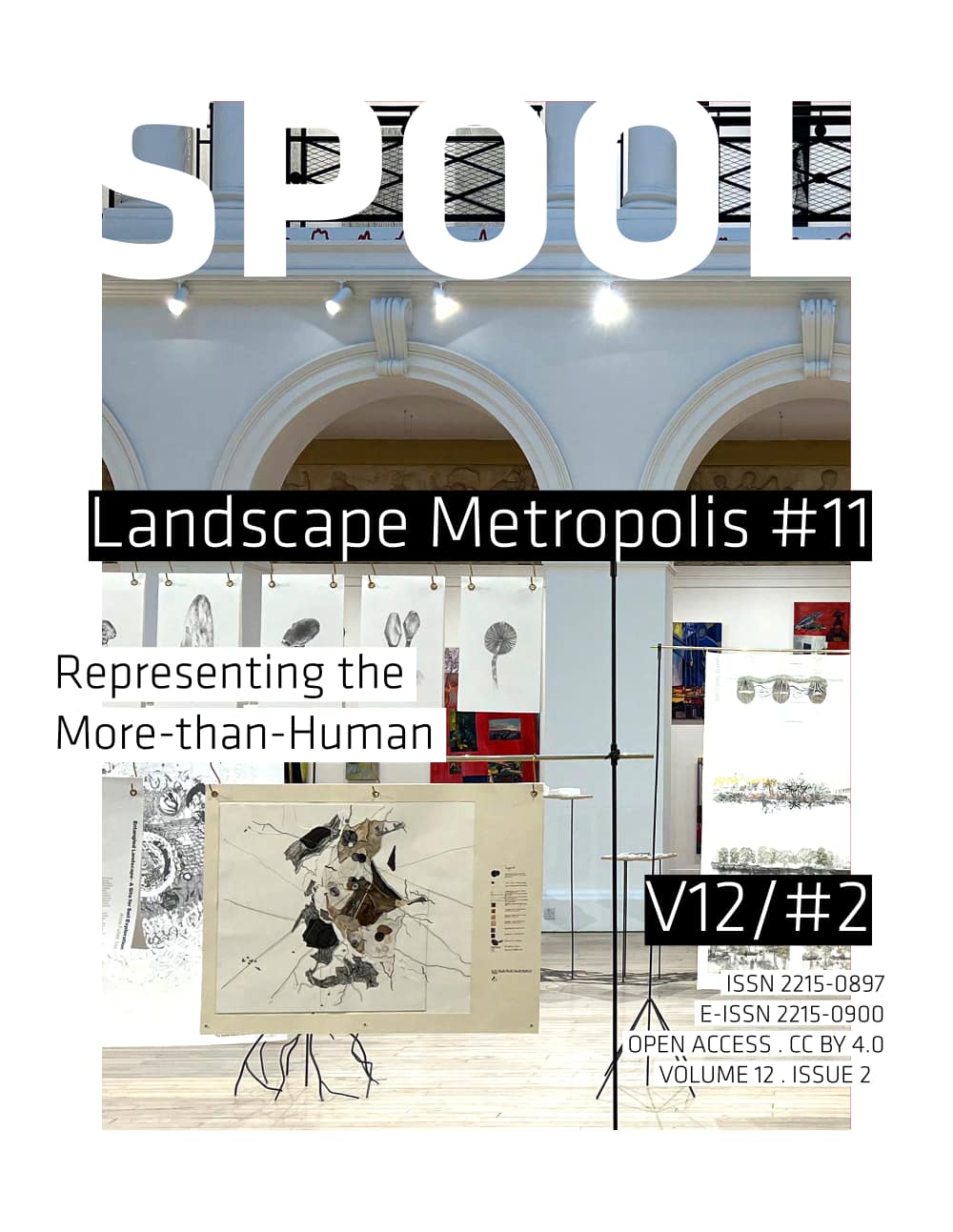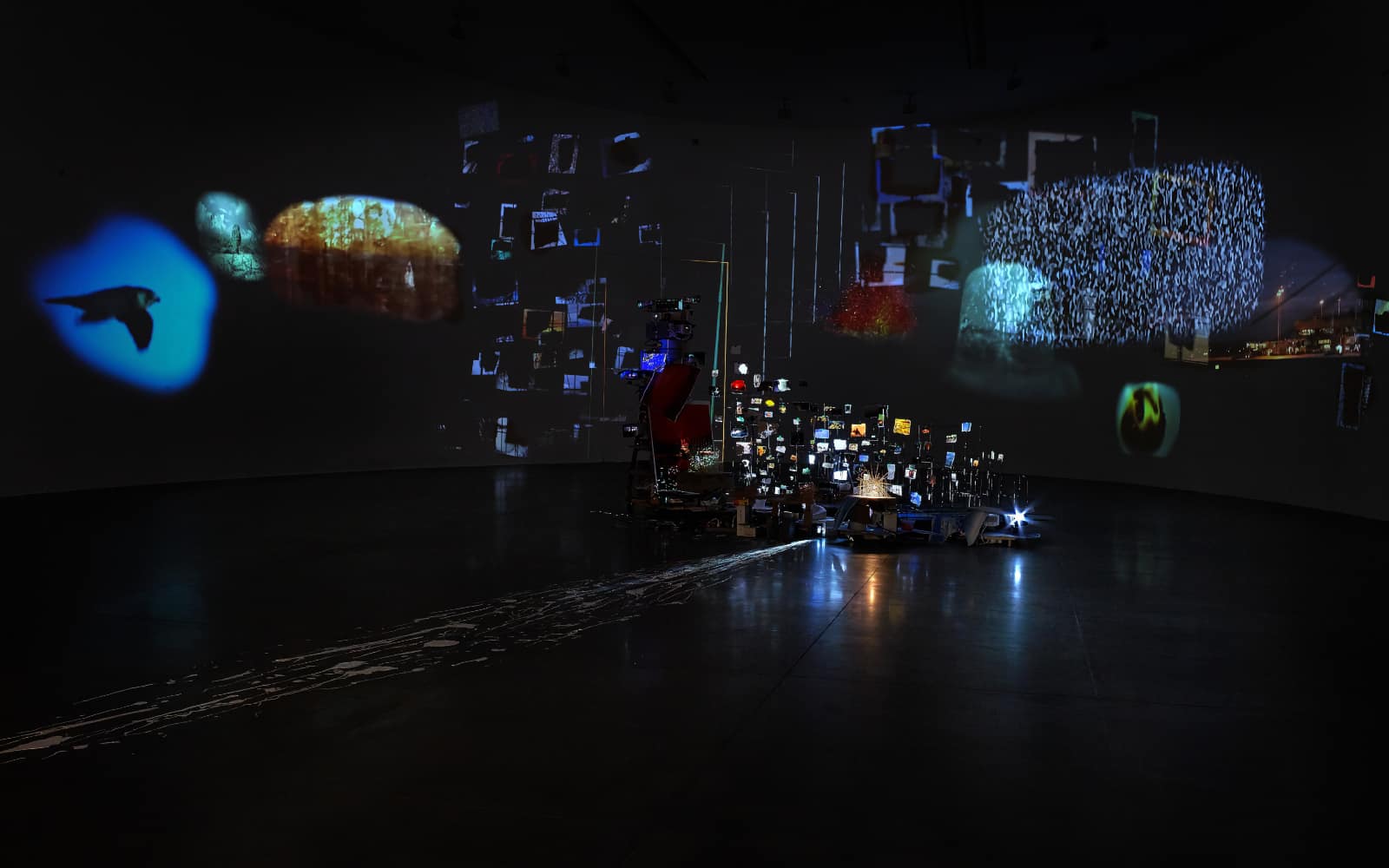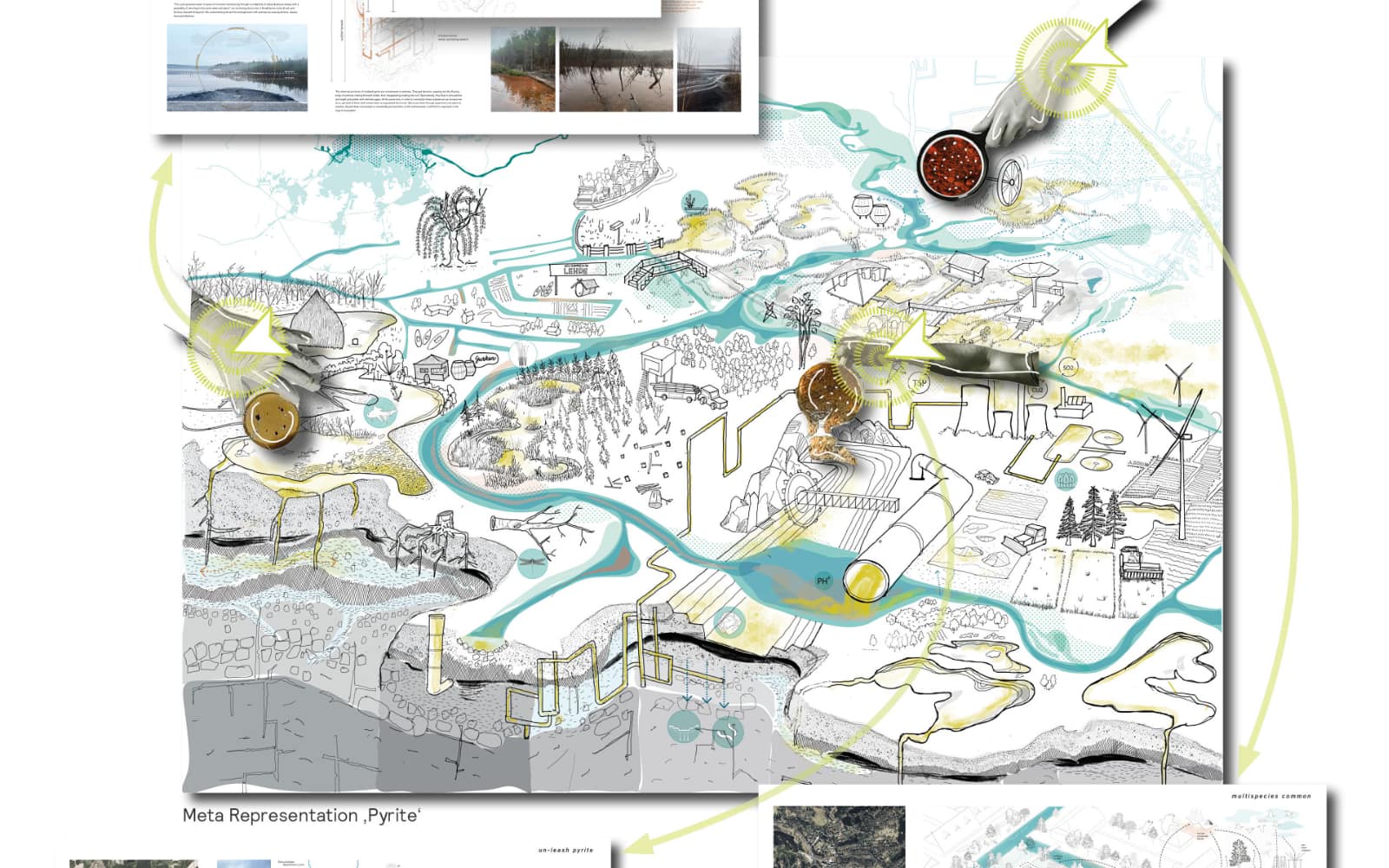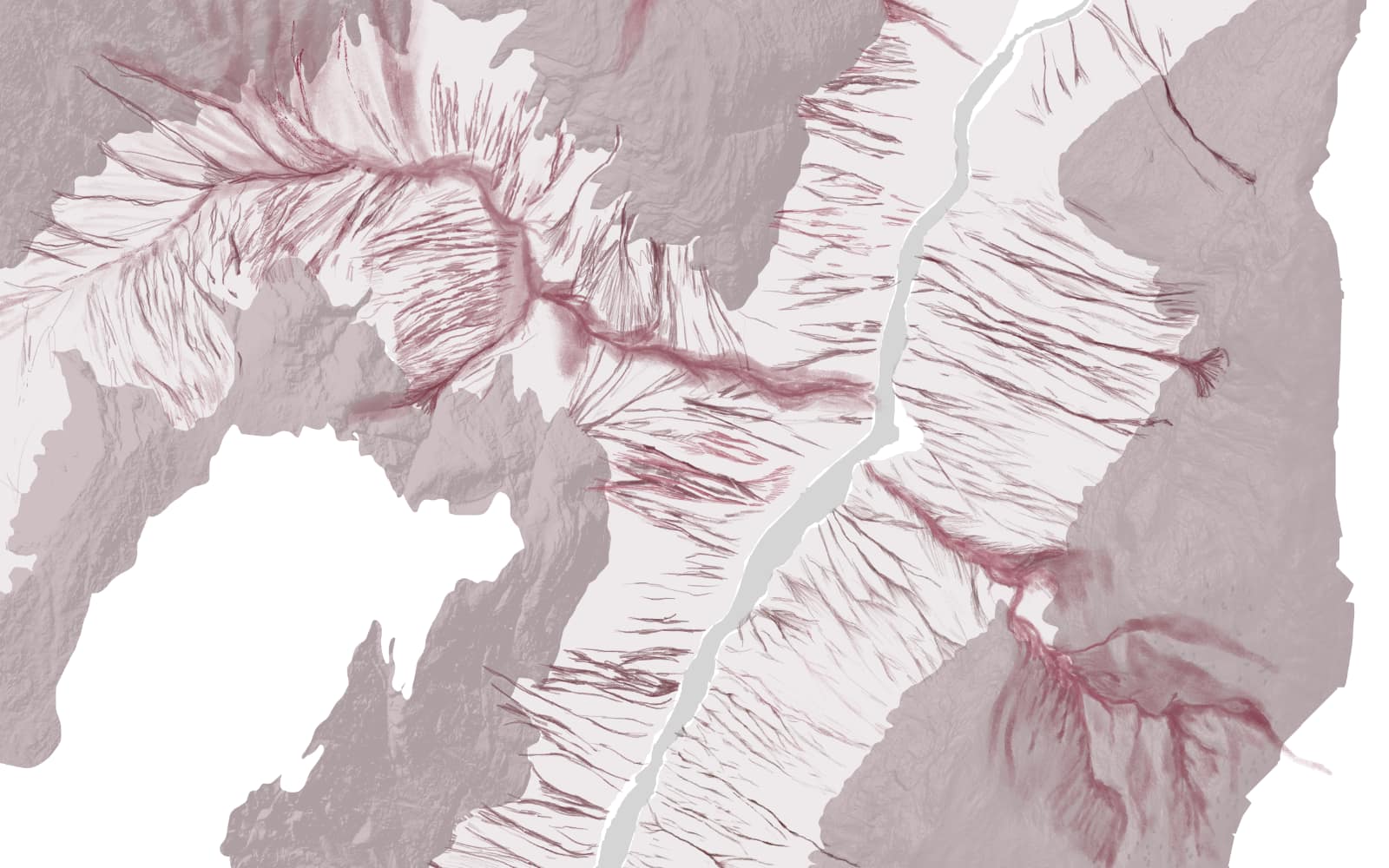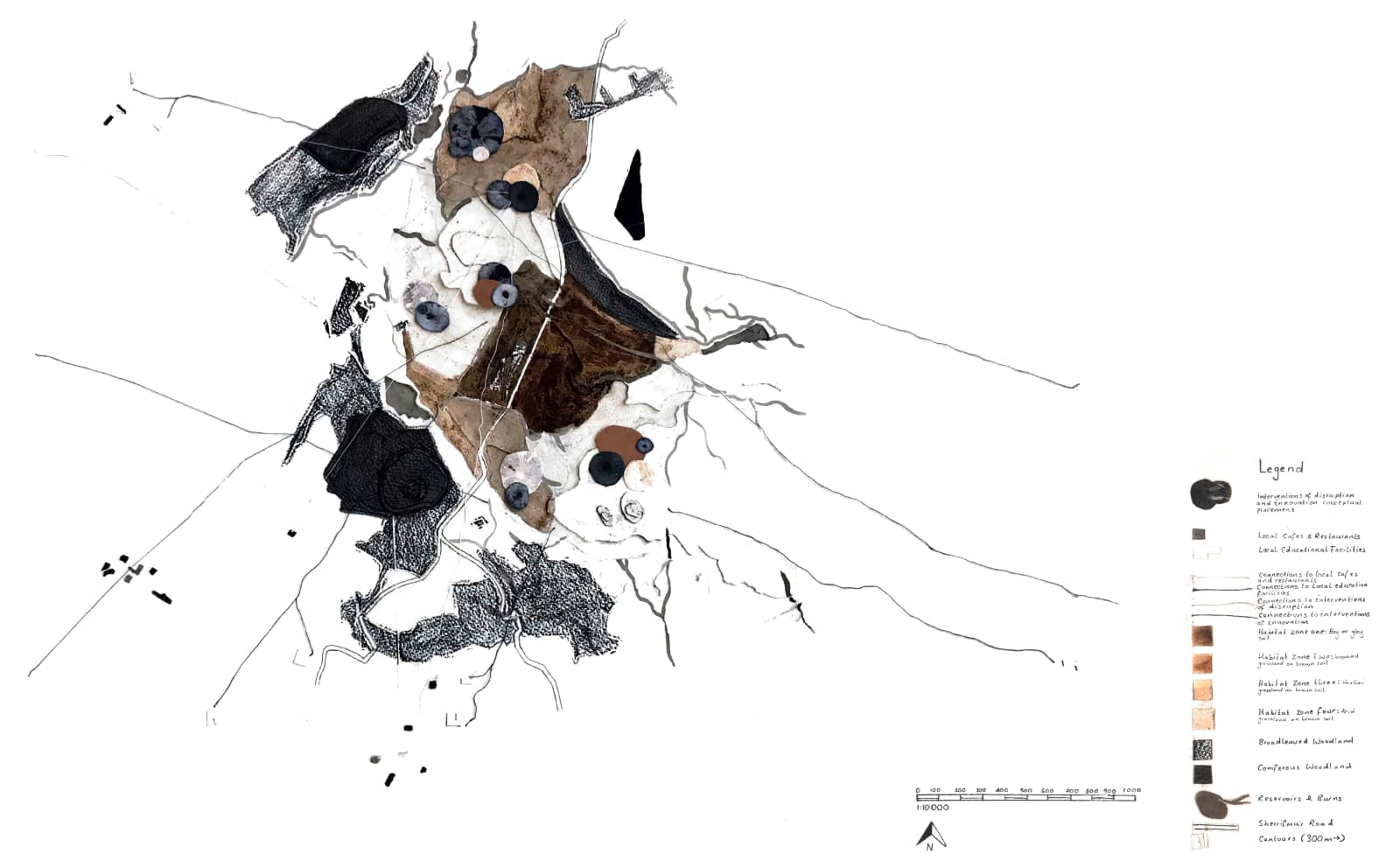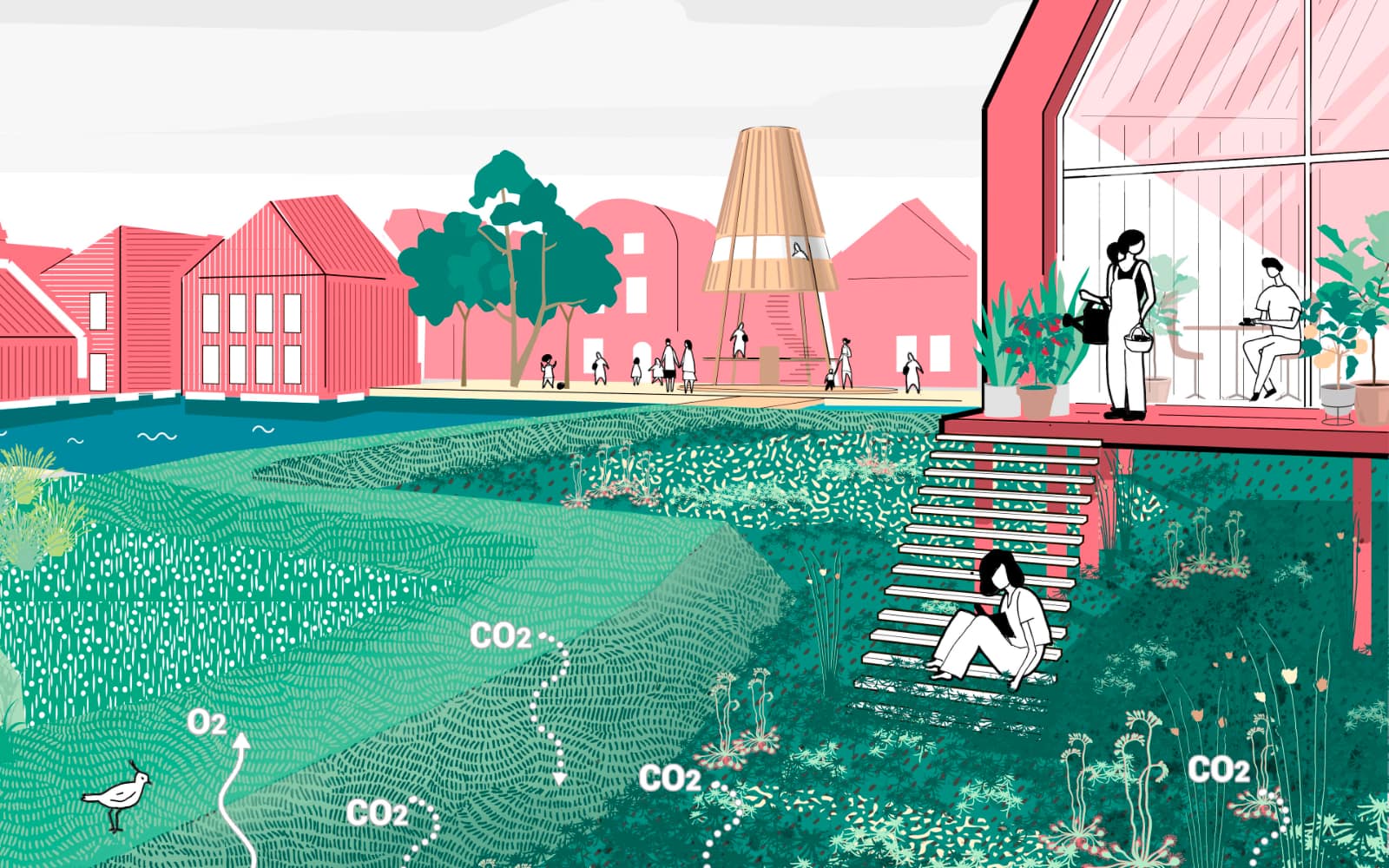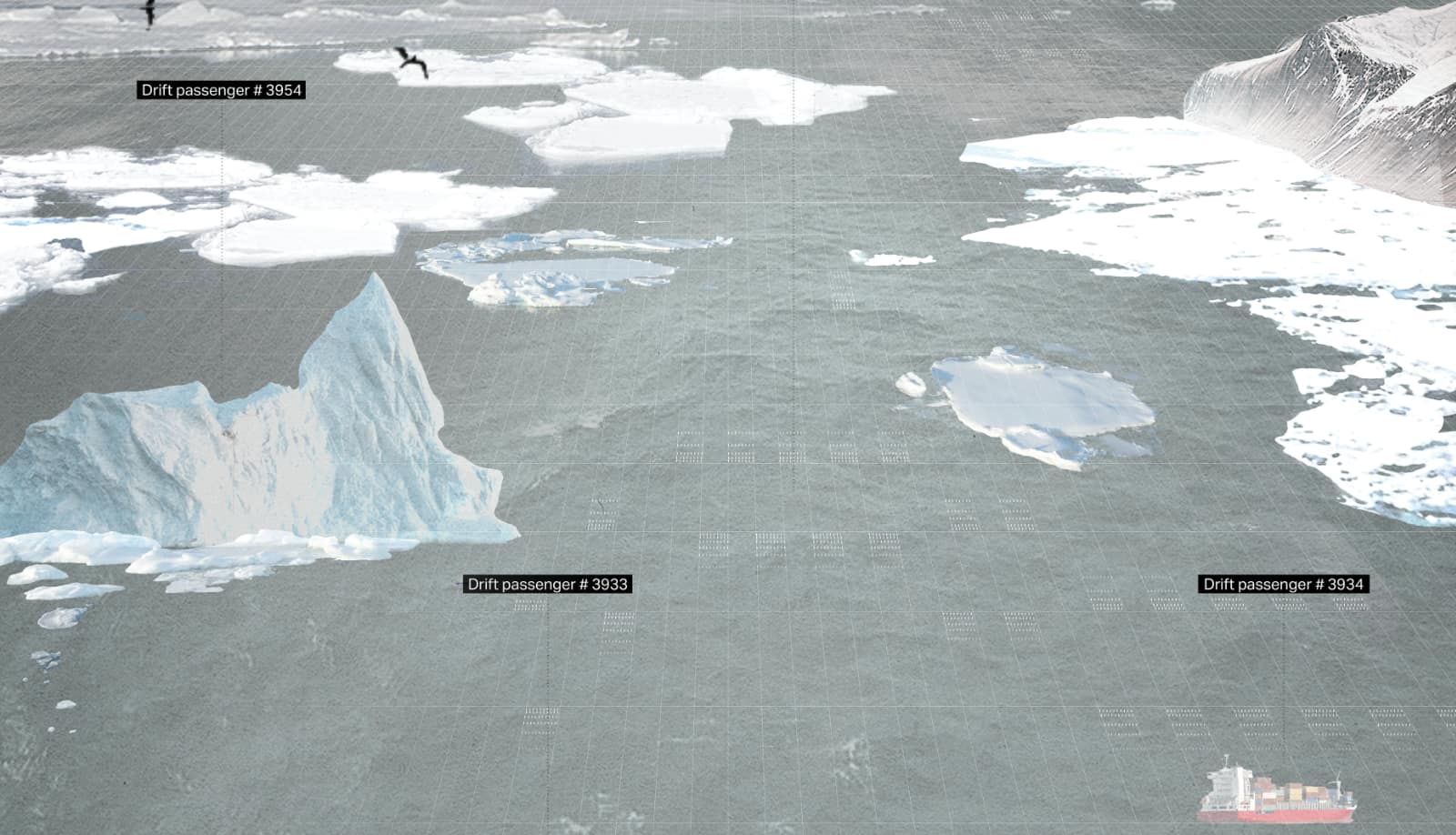MORE THAN HUMAN - CALL FOR ABSTRACTS - Landscape Metropolis #11 (2024)
We invite you to submit abstracts that introduce or critically reflect pioneering, experimental examples of representations in more-than-human design strategies for the built environment.
Read more about MORE THAN HUMAN - CALL FOR ABSTRACTS - Landscape Metropolis #11 (2024)